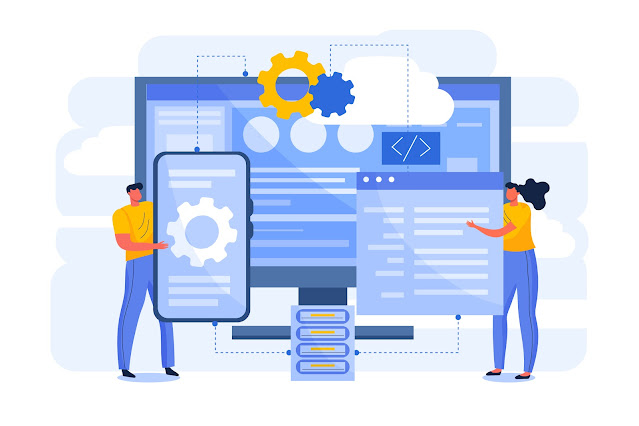Enhancing Efficiency through IBM i Modernization
In the ever-evolving landscape of technology, businesses are constantly faced with the challenge of staying relevant and competitive. For enterprises still relying on IBM i (formerly known as AS400 or iSeries) systems, the journey toward modernization becomes a strategic imperative. This blog sheds light on the significance of IBM i modernization, its benefits, challenges, and the roadmap to navigate this transformative journey.
The Imperative of Modernization:
As businesses strive to keep pace with digital advancements, legacy IBM i systems can sometimes pose hurdles. IBM i systems have been the backbone of many organizations, driving critical processes and housing valuable data. However, the rapid evolution of technology demands modern approaches to ensure businesses remain agile, efficient, and adaptable. IBM i modernization is not just about embracing the latest trends; it's about unlocking the potential within legacy systems while integrating them seamlessly into the modern IT ecosystem.
Benefits of IBM i Modernization:
- Enhanced Efficiency: Modernization optimizes workflows, streamlining processes, and reducing manual efforts. It permits businesses to use resources more effectively and reduce time-consuming activities.
- Scalability: Upgraded systems can be effortlessly adjusted to handle increased workloads, simplifying business expansion and adaptation.
- Enhanced User Experience: Modernization frequently results in user-friendly interfaces and seamless interactions, leading to higher user contentment and productivity.
- Integration Capabilities: Modernized systems can integrate more effectively with other modern applications, enabling data flow and communication across the organization.
- Data Utilization: Modernization allows for better utilization of data by integrating with analytics tools, providing valuable insights for informed decision-making.
Challenges to Overcome:
- Risk Aversion: Migrating from a stable, proven system can be daunting due to concerns about potential disruptions and data loss.
- Skill Gap: Finding skilled professionals who understand both the legacy IBM iSeries systems and modern technologies can be challenging.
- Budget Constraints: Modernization projects can be perceived as expensive endeavors, especially if not planned properly.
- Resistance to Change: Employees who are accustomed to the existing system might resist the transition to a new environment.
The Roadmap to Successful Modernization:
- Assessment and Planning: Begin with a comprehensive assessment of your existing IBM i environment. Identify pain points, opportunities, and prioritize areas that require modernization. Develop a clear roadmap and strategy.
- Choose the Right Approach: Modernization doesn't necessarily mean a complete overhaul. Decide whether a gradual approach, where components are modernized one at a time, or a complete transformation is more suitable for your business.
- Leverage Modern Tools: Explore modern development tools, languages, and frameworks that can integrate with IBM i systems. These tools can enhance development speed and flexibility.
- Data Migration: Ensure a smooth data migration process, safeguarding the integrity of crucial business information.
- User Training: Provide ample training and support to employees transitioning to the modernized system to reduce resistance to change.
- Collaboration: Involve IT experts, stakeholders, and end-users in the planning and execution stages to ensure a well-rounded approach.
Real-world Impact:
Consider a retail company that relies on an AS400 system for inventory management. By modernizing, they can integrate this system with e-commerce platforms and data analytics tools. This integration enables real-time inventory updates on the website, personalized shopping experiences, and data-driven inventory management decisions.
Conclusion:
IBM i modernization isn't just about keeping up with the times; it's about future-proofing your business. It's about maintaining the essence of your trusted legacy system while infusing it with the power of innovation. By embarking on this journey, businesses can optimize operations, remain adaptable to changing demands, and provide better experiences for both employees and customers. In a world where staying relevant is non-negotiable, IBM i modernization stands as a beacon guiding businesses towards sustained growth and success.


Comments
Post a Comment